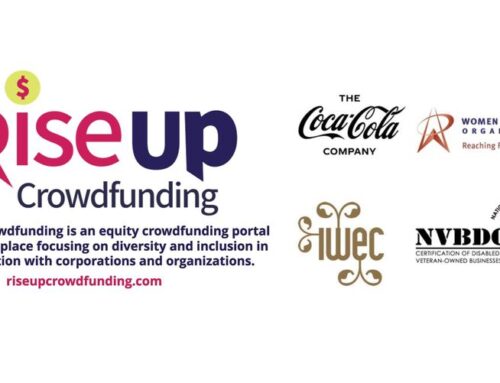For Industry Week
Photo: © Bigapplestock | Dreamstime.com
Two stats that are impossible for manufacturers to ignore: The industry’s executives say it’s now 36% more difficult to source manufacturing talent than it was a decade ago. At the same time, our industry remains 79% white.
For me, the takeaway is clear. Our only way out of this massive talent shortage involves recruiting and developing workers from all backgrounds. Of course, manufacturers should be working to build diverse workforces and inclusive workplaces because it’s the right thing to do. If that’s not motivation enough, the fact remains: diversity, equity and inclusion is also good business.
How do we get there? First, let’s reframe the question. DE&I is not an objective to reach but a pathway to walk. We’ve spent too much time painting in broad strokes on these topics, running a training, checking off a box. The industry’s racial composition has hardly changed.
“It’s not a question of whether current strategies are helpful; it’s about whether they’re sufficient,” says Jared Simmons, founder and principal at OUTLAST Consulting and a former product development director at Coca-Cola. “The data is overwhelmingly clear that what we’re currently doing is insufficient,” Simmons says.
Too many companies have approached DE&I as a public relations issue. Positive outcomes in manufacturing will only come when the industry dives deep, listens to employees and commits to equitable hiring and building inviting cultures. We’ll know we’re getting somewhere when we begin to see changes at every level—entry, mid- and ownership. To kickstart that process, what follows are a few frameworks, ideas, and thoughts from industry leaders.
Community Building at the Entry Level
About 62 percent of manufacturing jobs require just a high school diploma or equivalent for entry, and even as our industry becomes more advanced by the year, it stands to reason that we can make the most immediate and substantial gains in the category of entry-level work. Step one: Realizing we must meet workers where they’re at.


